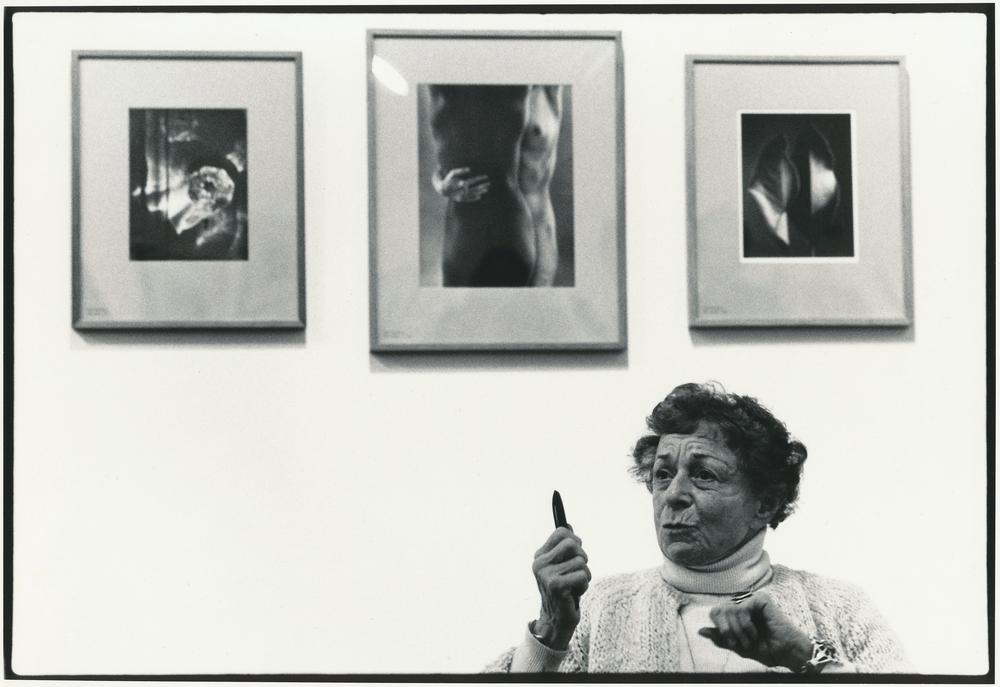Ruth Bernhard. A Heart for Photography

When Ruth Bernhard made photographs, she felt a deep communion with her subjects, as if falling in love with their inner beings. Bernhard’s father Lucian was a celebrated modernist graphic designer known as the “Father of the German Poster.”1 As Bernhard reflected, “my father’s influence pervaded my youthful dreams. I knew his studio, I had seen him draw on a litho stone; I wanted to be an artist like him.”2 Though they had a distant relationship, she admired her father and followed in his footsteps, studying art at the Academy of Fine Arts in Berlin, then moving with him to New York at age twenty-two. There, she was surrounded by his design friends and introduced to photographer Ralph Steiner, who hired her as a darkroom assistant for the women’s magazine The Delineator. But Bernhard found the work cold and uninteresting: “The photographs produced for the magazine were perfect compositions of table settings, foodstuffs, and the like, and they were strangely inhuman.”3 She was fired from the position within six months; with her severance pay she acquired an 8 x 10 view camera from one of Steiner’s other studio assistants. With “very little knowledge of the camera” at that time and “no notion of how a photograph should look,” she began photographing things she felt connected to—“I wanted to make photographs that would breathe and live”—developing an intuitive love for the medium. 4
Ruth Bernhard, “My Life,” in Ruth Bernhard: Between Art & Life, ed. Margaretta K. Mitchell (San Francisco: Chronicle Books, 2000), 24. ↩︎
Ruth Bernhard, “My Life,” in Ruth Bernhard: Between Art & Life, ed. Margaretta K. Mitchell (San Francisco: Chronicle Books, 2000), 40. ↩︎
Ruth Bernhard, “Coming of Age,” in Ruth Bernhard: Between Art & Life, ed. Margaretta K. Mitchell (San Francisco: Chronicle Books, 2000), 55, 56. ↩︎
Ruth Bernhard, “Coming of Age,” in Ruth Bernhard: Between Art & Life, ed. Margaretta K. Mitchell (San Francisco: Chronicle Books, 2000), 55. ↩︎